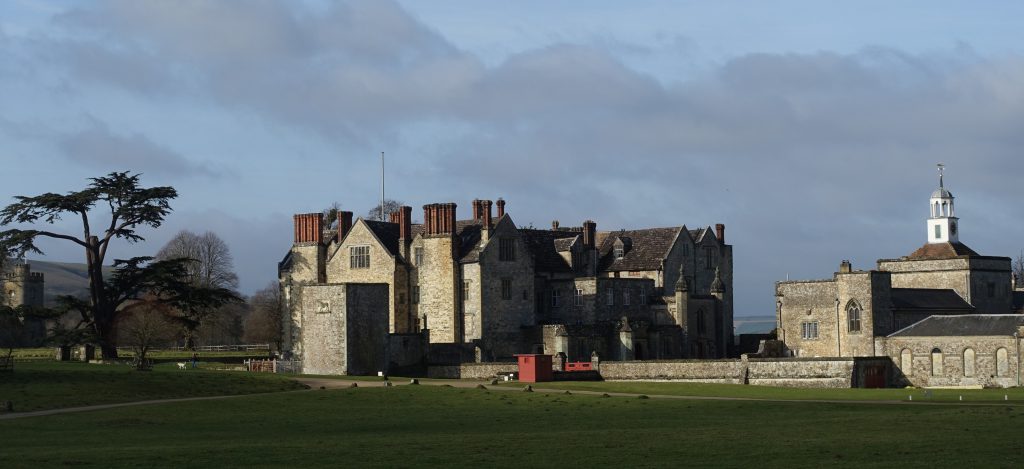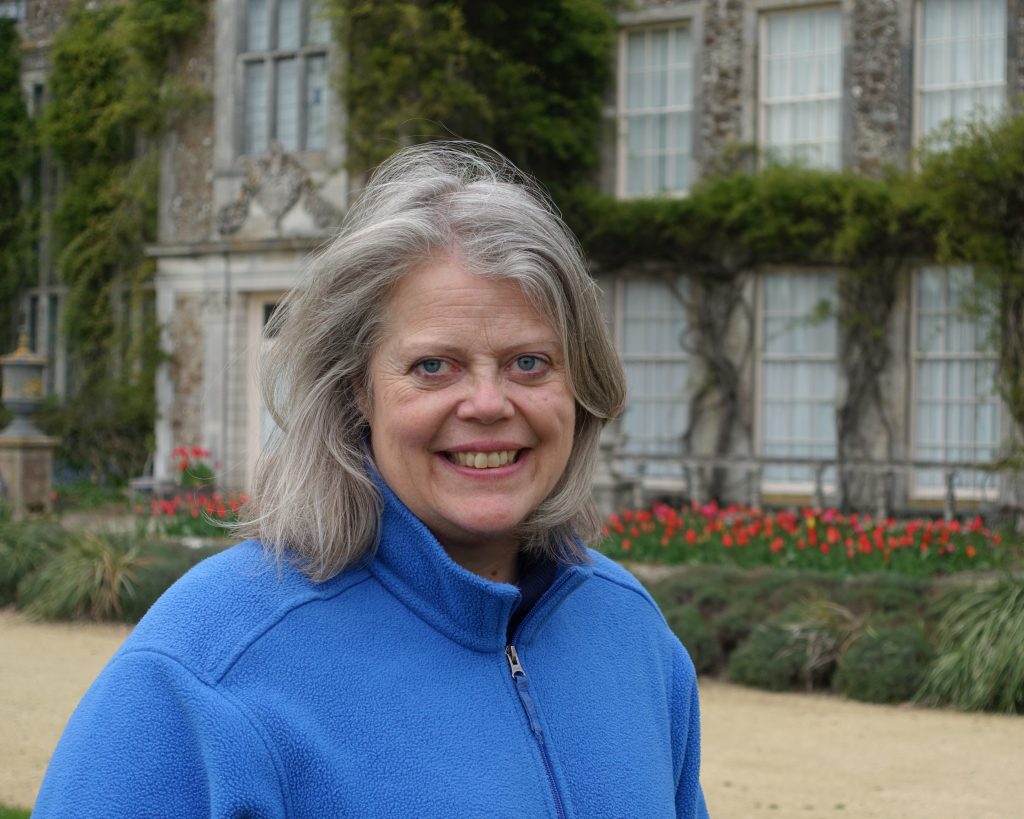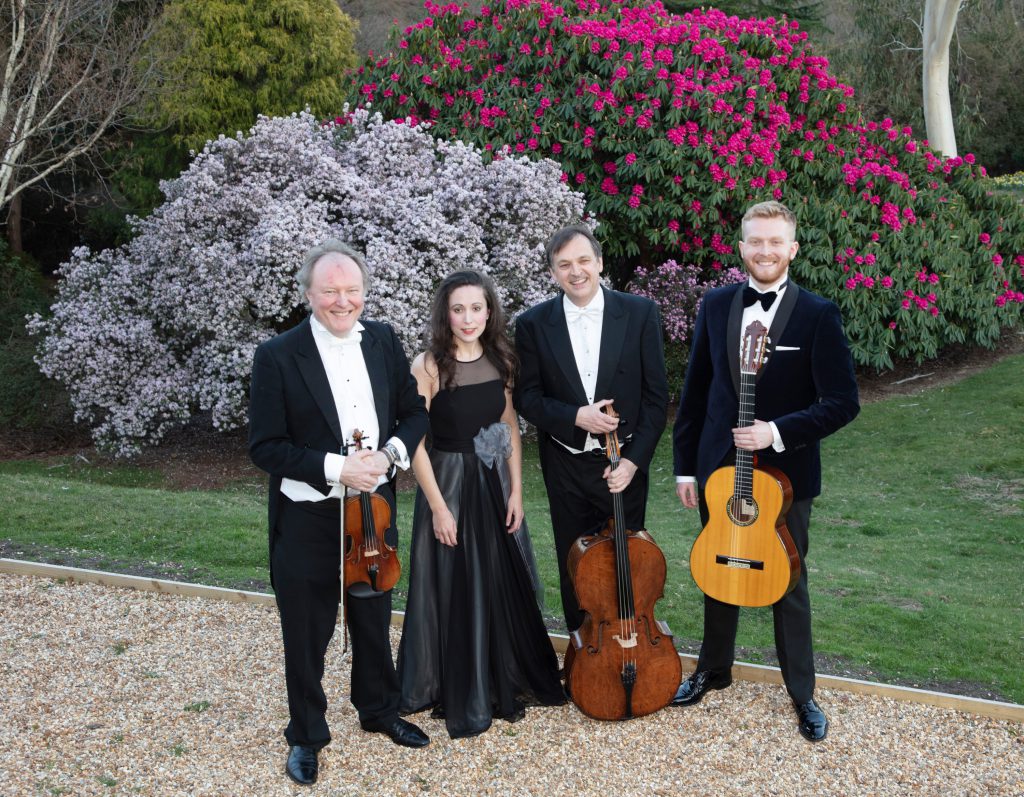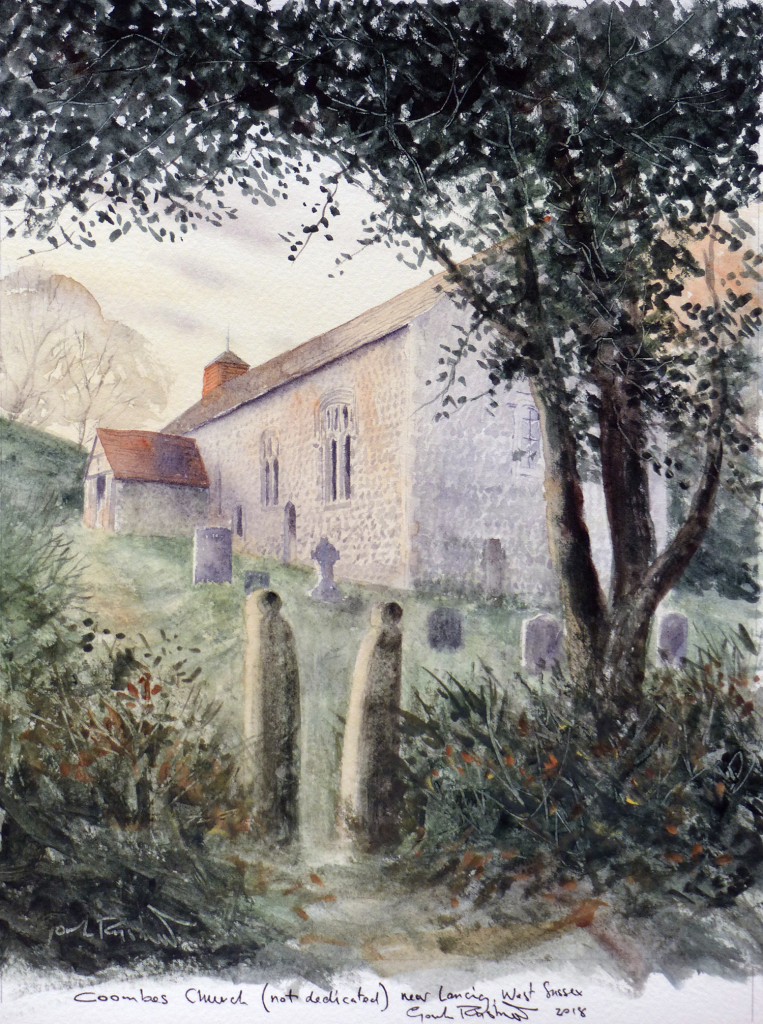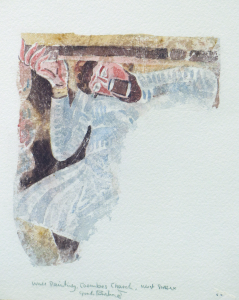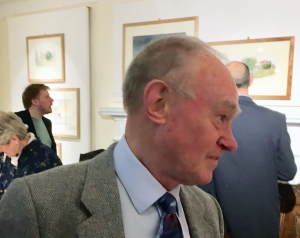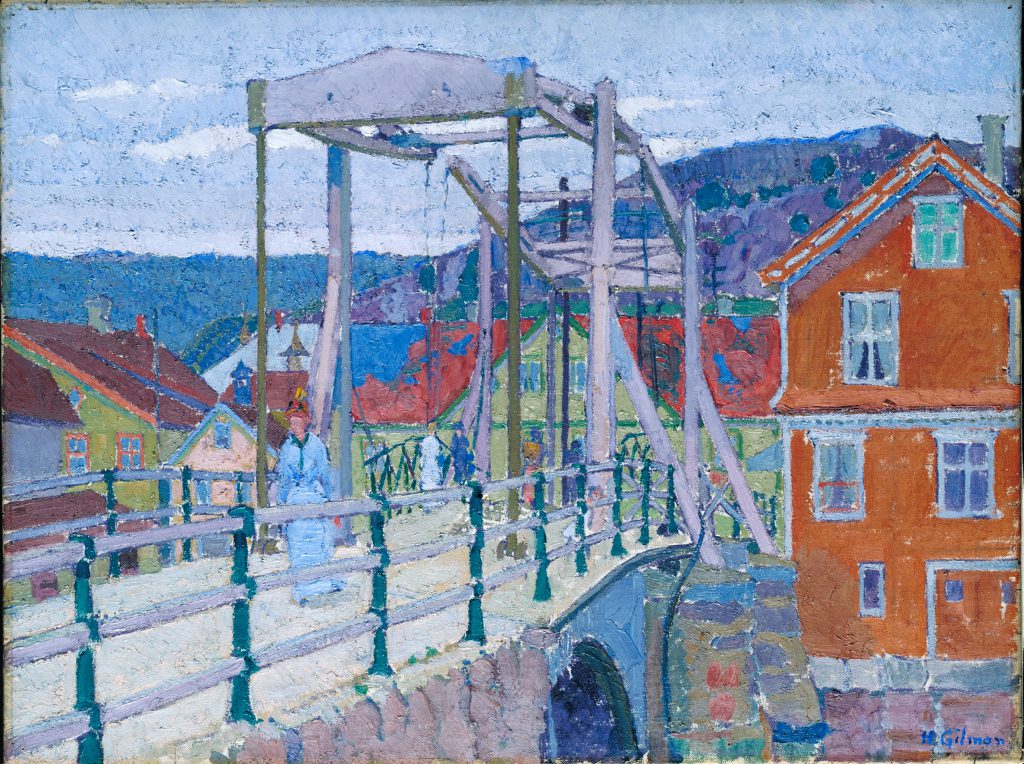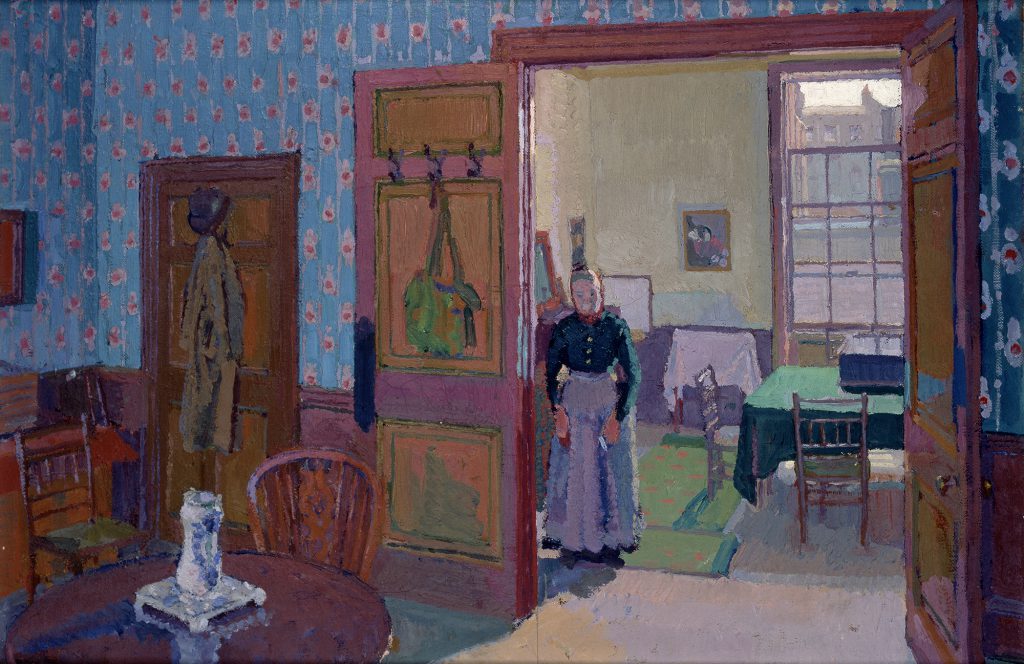
What a difference a year can make!
Goodwood’s decision to hold the 77th Goodwood Road Racing Club (GRRC) 2019 Member’s Meeting a few weeks later than usual was rewarded with a weekend of spring weather in contrast to last year’s snow covered track.
The weather matched the warm welcome of the Goodwood team and the enthusiasm of the members of the GRRC and GRRC Fellowship.
Mini is celebrating its 60th Anniversary this year and the Minis proved to be one of the highlights of the weekend delighting the spectators throughout in the heats and the final.
The current Duke of Richmond’s grandmother, Betty, famously hurtled around the Goodwood Estate in her bright red Austin Seven Mini, hence the Betty Richmond Trophy for Minis.
The Minis fizzed around this historic Sussex race track as we revelled in their high speed racing at close quarters. The drivers tactically slipstreamed each other trading places right up until the final exit from Woodcote corner when Nick Swift, in his number 76 Mini, manged to take the lead for the final time from his friend and fellow racer, Nick Padmore, to win the trophy.
Nick Swift’s company, Swiftune, was started by his father in 1965 and remains a family firm. Swiftune’s 1293cc Appendix K race engines deliver about 130bhp with a top speed of 120mph!
Hopefully the Betty Richmond Trophy will appear again at future events.

It was lovely to see 1950s Sports and GT car racing returning to Goodwood for the Tony Gaze Trophy. My heart was in my mouth when Nick Finburgh in the 1956 AC Aceca, Kim Taylor-Smith in the 1958 Ferrari 250 GT Tour de France and Marek Reichman in the 1954 Aston Martin DB2/4 raced through the chicane together.
When I interviewed the British racing driver, the late John Young, back in 2017 he told me how he had raced at Goodwood in the 1950s. Our conversation moved onto driving his Gullwing Mercedes. John commented “When you drive a 300SL quickly it’s important to keep the power on in the corners or they spin – you’ve really got to drive it!” David Coulthard looked a bit twitchy in the IWC Schaffhausen 300SL Gullwing during practice but in the race he kept the power on and drove to a closely contested victory taking the Tony Gaze Trophy.
The GRRC Spring Members’ Meeting is always an exciting celebration of motor racing which is exclusively for GRRC and GRRC Fellowship members here in the heart of Sussex. To find out more about the benefits of membership, how to join, and this year’s Festival of Speed and Goodwood Revival go to www.goodwood.com/sports/motorsport.
By Rupert Toovey, a senior director of Toovey’s, the leading fine art auction house in West Sussex, based on the A24 at Washington. Originally published in the West Sussex Gazette.
